Newspapers of Cuba landscape is distinctively shaped by the country’s political system. Most media outlets are state-owned and controlled, reflecting the Communist Party’s perspectives. Below, I’ll provide an overview of the most relevant newspapers in Cuba and their official URLs where available.
1. Granma
Description: Granma is the official newspaper of the Central Committee of the Communist Party of Cuba. It is named after the yacht Granma, which brought Fidel Castro and his revolutionaries from Mexico to Cuba in 1956. Granma is the most influential newspaper in Cuba, providing the official government viewpoint on national and international issues.
Official URL: Granma
2. Juventud Rebelde
Description: Juventud Rebelde, which translates to “Rebel Youth,” is another significant Cuban newspaper, serving as the voice of the Union of Young Communists. It focuses on issues relevant to Cuban youth, including education, employment, and culture, often with a revolutionary perspective.
Official URL: Juventud Rebelde
3. Trabajadores
Description: Trabajadores, meaning “Workers,” is the official newspaper of the Central de Trabajadores de Cuba (CTC), the national trade union federation. It covers labor issues, workers’ rights, and economic topics from a labor perspective, aligning with the socialist principles of the Cuban government.
Official URL: Trabajadores
4. Cubadebate
Description: Cubadebate is a prominent digital platform that offers news and analysis on a wide range of topics, including politics, economics, culture, and sports. It is known for its critical stance against U.S. policies towards Cuba and for providing detailed reports on various aspects of Cuban society.
Official URL: Cubadebate
5. Periódico 26
Description: Periódico 26 is a regional newspaper from the province of Las Tunas. It provides local news, including cultural events, economic developments, and social issues pertinent to the residents of Las Tunas.
Official URL: Periódico 26
6. Venceremos
Description: Venceremos is the provincial newspaper of Guantánamo. It covers news and events from the easternmost province of Cuba, focusing on local issues, development projects, and the cultural life of Guantánamo.
Official URL: Venceremos
7. Ahora
Description: Ahora is the official newspaper of the Holguín province. It offers news coverage on local developments, economic activities, cultural affairs, and social issues within Holguín.
Official URL: Ahora
8. Escambray
Description: Escambray is the newspaper for the province of Sancti Spíritus. It provides detailed news and information about local events, economic initiatives, cultural activities, and social issues affecting the province.
Official URL: Escambray
9. Sierra Maestra
Description: Sierra Maestra serves the Santiago de Cuba province, one of the most historically significant regions in Cuba. It covers a wide array of topics including local news, historical commemorations, cultural events, and economic developments.
Official URL: Sierra Maestra
10. 5 de Septiembre
Description: 5 de Septiembre is the provincial newspaper of Cienfuegos. It gets its name from the date of a significant uprising in the city in 1957. The newspaper focuses on local news, historical articles, and regional developments.
Official URL: 5 de Septiembre
Analysis and Context
Cuba’s newspapers serve as critical tools for the dissemination of government policies, revolutionary ideals, and socialist principles. The state ownership and control over media ensure that the narratives align closely with the government’s stance on both domestic and international issues. This centralized control is a hallmark of the Cuban media landscape, significantly influencing the content and editorial policies of these newspapers.
Granma and Juventud Rebelde are the most widely read newspapers, often considered the mouthpieces of the Communist Party and the youth wing, respectively. They are essential for understanding the government’s perspectives and priorities. Granma often features in-depth articles on political ideology, historical reflections, and official government announcements, while Juventud Rebelde targets younger audiences with discussions on educational policies, youth culture, and revolutionary history.
Trabajadores plays a pivotal role in covering labor-related topics, advocating for workers’ rights, and discussing economic policies from the perspective of the working class. Given the importance of labor in the socialist framework, this newspaper is vital for gaining insights into the state of Cuban labor and economic policies.
Cubadebate stands out as a digital-first platform, reflecting the increasing importance of online media in Cuba. It offers more interactive content, multimedia features, and real-time updates, appealing to a tech-savvy audience. Its critical stance towards U.S. policies and detailed coverage of international affairs make it a crucial resource for understanding Cuba’s geopolitical stance.
The regional newspapers, such as Periódico 26, Venceremos, Ahora, Escambray, Sierra Maestra, and 5 de Septiembre, are invaluable for understanding local issues and regional diversity within Cuba. They provide a window into the socio-economic and cultural life of different provinces, highlighting local initiatives, community events, and regional challenges. These newspapers often feature articles on agricultural developments, tourism, local governance, and community projects, reflecting the diverse and localized nature of Cuban society.
Conclusion
Cuba’s newspaper landscape is characterized by its state control and alignment with socialist and revolutionary ideals. The newspapers serve not just as sources of news but as instruments of ideological dissemination and public education. By exploring these newspapers and their official online platforms, one can gain a comprehensive understanding of Cuba’s socio-political dynamics, regional diversity, and the government’s perspectives on various issues.
These newspapers, accessible online, offer valuable insights into the Cuban reality, providing both domestic and international audiences with perspectives that are often underrepresented in global media. Despite the constraints on press freedom, these newspapers remain essential for anyone looking to understand Cuba from within its own ideological framework.





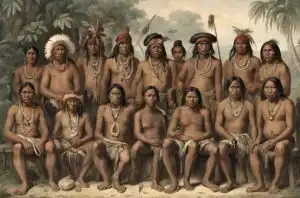

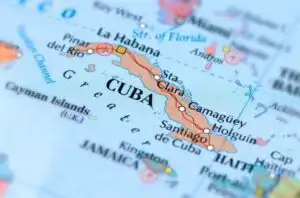







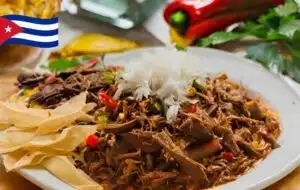

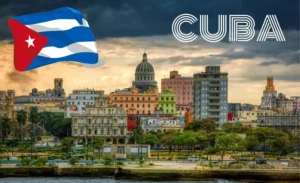




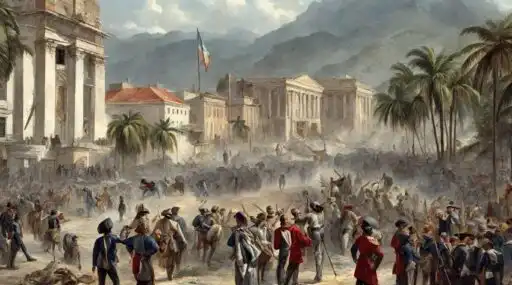





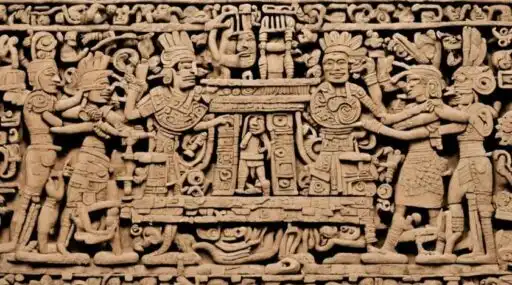




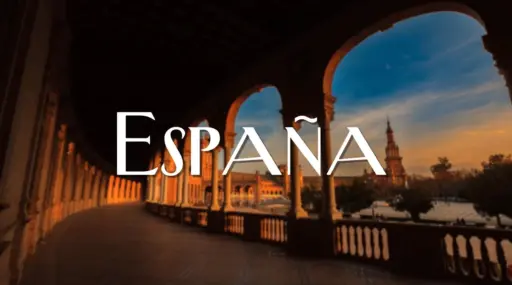






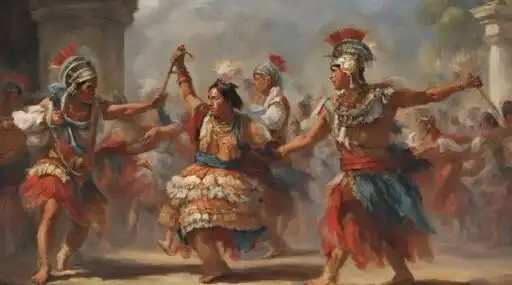



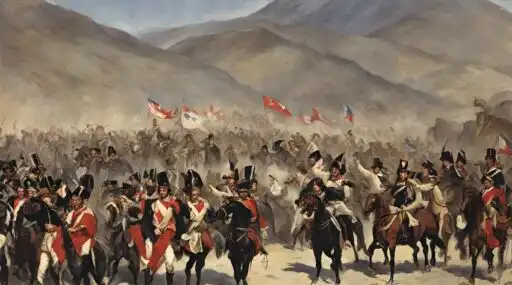



Leave a Reply